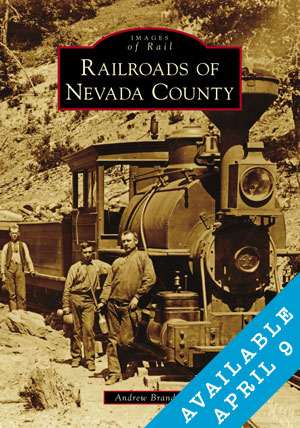


From its earliest days the railroad industry had in its roots carriage and wagon building industry. Railroading also borrowed from other areas such as shipbuilding and architecture; all had in common a body of paints and surface protection materials. The evolution of Paint and Color in the railroad industry began in the late 1820’s as an offshoot of the carriage and wagon industry. From the start, railroad equipment was part of the industrial revolution, a period where raw mechanical utility was fused with classical architectural forms and a celebration of form, function, and artistic pride. Early on there was and understanding and active body of theory that combined a utilitarian need for protecting the equipment and structures from the elements as well as an understanding of the power of advertising the services provided. The Narrow Gauge period began in the last decade of high artistic mechanical artistry when artistic form was combined with raw mechanical utility. Manufacturers chose color carefully, frequently borrowing and contributing to common industries.
One of the most common questions asked among students of railroad history is simply, “What color was it?" A simple and potentially loaded question! When we look back on a world which is often represented through the lens of a camera, color seems straight forward: Black and White. Emulsion often plays a factor in misconception of period color; light colors depending on the pigment were often recorded via film to appear white. To further complicate matters, the type of negative often resulted in different emulsion processes. In cases when physical research cannot be done, period guidelines thankfully, do exist. In our modern day and age the average home owner might consult with a designer, or simply take suggestions from paint manufacturers. During the Gilded Age paint manufacturers often included suggestions in their catalogs; some offered books for sale with suggested painting guidelines and color samples.
Designers of the period would share advice through periodicals or pamphlets; suggestions for paint recipes could even be reprinted in the local paper. Railroads for example have long shared paint ideas with each other; an example would be the ambigous "Boxcar Red" which varied from road to road. Prior to the turn of the century roads would develop their own recipes for freight car colors often employing general guidlines shared by other railroads. Most railroads would do this their own way, giving birth to a variety of freight car colors. In the narrow gauge world, car painters might mimick color from neighboring standard gauge roads or they might choose their own colors to contrast sharply.
Structures are also painted colorfully when the owner could afford it, often keeping in touch with the styles of the East Coast or Europe. Among the most basic guidlines for structures are often repeated "rules" for design. These basic rules would last from the 1840s to 1900 which style in building paint changes. Among these rules is a singular chant you will find outlined in the books below: "No" White. Granted, someone who could afford nothing more might use white if they painted a structure at all. For a fine house this would be considered poor taste. Keep in mind most home painters were not able to afford large quantities of pre-mixed paints of the period, leaving them to mix pigments to create paint. Base pigments like White Lead or Iron Oxide would be base pigments for many colors, the addition of Chrome Yellow to White Lead would create a pleasant inexpensive color often used for building exteriors.
Other basic guidlines for structures are similar to period locomotive paint styles, utilizing 2 or 3 color schemes. A common suggestion of the period was simply: Light Body, Dark Trim, and if you could afford it a third color for windows and doors.
The references below will help provide you, the reader, with an understanding of the tastes of each era. We've worked hard to cover most of the period between 1860 and 1920, as time allows this section will continue to grow. Color is a vast topic in itself, so here is where we will begin some exploration. Curators, restorers, artists, and modelers all will find information and hopefully answers in this section.
If this is your first visit to the color section we suggest calibrating your monitor. Color calibration will help ensure color samples are displayed on your monitor properly.
Monitor Calibration
Before continuing we strongly recommend you spend a few moments to monitor is color calibrated.
Color Calibration will ensure historic color images appear semi-correctly on your monitor.
epaperpress.com offers a quick and simple guide to calibrating your monitor.
http://epaperpress.com/monitorcal/
Color Tools.
Pantone Color Search.
Pantone's color search tool, by entering a Pantone number you get a swatch of the representative color. Many documents coming to the site will reference Pantone numbers, we suggest using this tool to display the color if you do not have a Pantone product already.
CYMK and RGB color charts.
Quick reference displaying colors and associated CYMK, RGB and Hexidecimal color codes.
Wiki Science, Color Sorting.
Search function for color, can provide background on colors. Please note; Being a Wiki related site is subject to contributions from the casual visitor. In many cases search results will return the "modern" version of the color.
The Natural Color System.
A free alternative color system to Pantone. The NCS navigator is an excellent browser based tool for color.
A note to you, the visitor: Contact us on the Forum if you would like to contribute appropriate period documentation on specific equipment, roads, etc. We would like to include anything relevant, PacificNG is a community project and sharing is always welcome. In addition, contact us if you find dead links! We will fix them or find substitutes.



